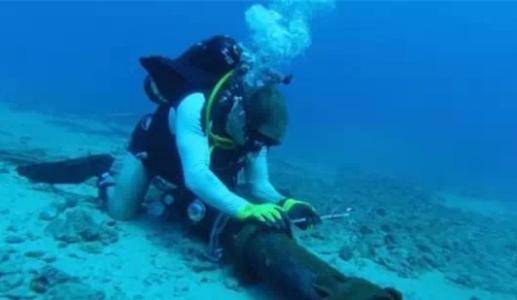1. After the robot dives into the water, it scans and detects the precise location of the damaged submarine optical cable.
2. The robot digs out the submarine optical cable buried in mud and cuts it with cable scissors. The rope was put down on the boat, and the robot was tied to one end of the optical cable, and then it was pulled out of the sea. At the same time, the robot places a wireless transponder at the cut.

3. Use the same method to pull another section of optical cable out of the sea. As with the maintenance of telephone lines, the instruments on the ship are connected to both ends of the optical cable, and the submarine optical cable landing station in two directions is used to detect which end of the optical cable is blocked. Afterwards, take back the longer part of the submarine cable with the blocked part and cut it off. The other section was fitted with a buoy and left to float on the sea temporarily.
4. Next, manually connect the spare submarine fiber optic cable to the two breakpoints of the submarine fiber optic cable. Connecting fiber optic cable connectors is a highly "technical content" job that is not competent for ordinary people. It must be a person who has undergone special and strict training and obtained a license from an international organization before it can be operated.
5. After the spare submarine optical cable is connected, after repeated tests, after the communication is normal, it will be thrown into the sea water. At this time, the underwater robot is about to "fight" again: "flush" the repaired submarine optical cable, that is, use a high-pressure water gun to flush the silt on the seabed out of a trench, and "lay" the repaired submarine optical cable into it.





